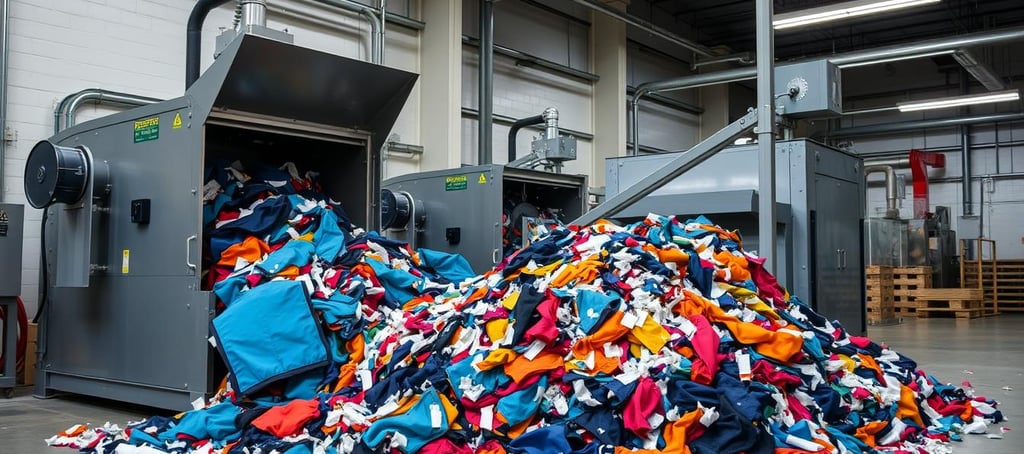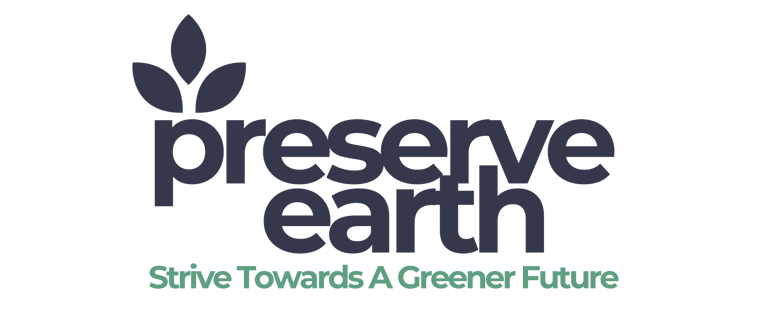✉︎ info@preserveearth.co.uk or WhatsApp Us

Corporate Uniform Recycling: A Sustainable Solution for Business Waste
10/31/20243 min read


The Scale of the Problem
The textile industry's environmental impact is staggering. Each year 100 billion garments are manufactured globally yet a mere 1% find their way into recycling programmes. To put this into perspective a lorry full of clothing waste heads to landfill every second.
In the United Kingdom, the statistics are particularly concerning:
1.2 million tonnes of textiles enter landfills annually
350,000 tonnes of this waste consists of clothing
The average Brit discards approximately 30kg of clothing each year
UK businesses collectively dispose of millions of corporate uniforms annually
Understanding Corporate Uniform Challenges
Security Concerns
Corporate uniforms pose unique security risks when improperly disposed of:
Risk of brand impersonation and fraud
Potential misuse in criminal activities
Compromise of corporate identity
Data protection concerns under GDPR
Environmental Impact
Traditional disposal methods carry severe environmental consequences:
Textiles in landfills can take over 200 years to decompose
Synthetic fibres release harmful microplastics into soil and water
Incineration produces significant carbon emissions
Dyes and treatments can leach toxic chemicals into groundwater
Financial Implications
Poor uniform management affects the bottom line:
Rising landfill tax rates in the UK
Potential fines for improper disposal
Lost opportunities for recycling revenue
Reputational damage costs
The Textile Shredding Solution
How It Works
Professional textile shredding offers a secure and environmentally responsible solution through a multi-stage process:
Collection
Secure, lockable bins placed at convenient locations
Regular collection schedules
Documented chain of custody
Tracked transportation
Sorting
Materials separated by fibre type
Removal of non-textile components
Quality assessment
Contamination checking
Shredding Process
Industrial-grade shredding machines
Multiple shredding stages for optimal fibre length
Dust control measures
Quality monitoring
Material Recovery
Tier 1: Fibre recovery for new textiles
Tier 2: Creation of insulation materials
Tier 3: Conversion to refuse-derived fuel - Least preferred and most expensive method
Environmental Benefits
Textile shredding significantly reduces environmental impact:
100% of processed materials diverted from landfill
Reduced carbon emissions compared to virgin material production
Lower water consumption in manufacturing
Minimised chemical usage
Implementing Your Corporate Recycling Programme
Planning Stage
Audit Current Uniform Waste
Measure current disposal volumes
Identify uniform types and materials
Assess security requirements
Calculate potential cost savings
Set Clear Objectives
Define recycling targets
Establish timeline
Allocate budget
Assign responsibilities
Implementation
Collection System Setup
Install secure collection points
Create clear signage
Establish collection schedules
Implement tracking systems
Staff Training Programme
Conduct awareness sessions
Provide disposal guidelines
Share environmental impact data
Offer ongoing support
Documentation Systems
Waste Transfer Notes
Certificates of Destruction
Environmental compliance records
Performance tracking metrics
Future-Proofing Your Uniform Choices
Sustainable Materials
Consider these options for new uniforms:
Recycled polyester from plastic bottles
Organic cotton with certification
Biodegradable materials
Mono-fibre constructions for easier recycling
Design Considerations
Implement these features:
Removable branding elements
Modular design for repairs
Durable construction methods
Easy-care properties
Supplier Selection
Look for providers offering:
Transparent supply chains
Take-back schemes
Repair services
Environmental certifications
Measuring Success
Key Performance Indicators
Track these metrics:
Volume of uniforms recycled
Cost savings achieved
Carbon emissions reduced
Staff participation rates
Reporting and Recognition
Publish sustainability reports
Apply for environmental awards
Share success stories
Benchmark against industry standards
Legal Compliance
Essential Documentation
Maintain records of:
Waste Transfer Notes (WTN)
Hazardous waste consignment notes (where applicable)
Certificates of destruction
Environmental Impact Statements
Regulatory Requirements
Stay compliant with:
Environmental Protection Act 1990
Waste (England and Wales) Regulations 2011
GDPR requirements for secure disposal
Industry-specific regulations
Business Benefits
Environmental Impact
Reduced carbon footprint
Lower waste management costs
Improved sustainability metrics
Enhanced environmental compliance
Brand Value
Strengthened corporate reputation
Increased customer trust
Better stakeholder relations
Competitive advantage
Operational Efficiency
Streamlined waste management
Reduced storage requirements
Simplified compliance procedures
Better resource utilisation
Taking Action
The time to act is now. With the textile industry ranking as the fifth-largest polluter globally and contributing 10% of carbon emissions, businesses have a crucial role to play in driving change.
Next Steps
Conduct a uniform waste audit
Research certified recycling partners
Develop an implementation timeline
Engage stakeholders and staff
Launch your programme
Support Resources
Contact local waste management authorities
Consult industry associations
Engage environmental consultants
Partner with certified recyclers
By implementing these comprehensive uniform recycling practices, your organisation can lead the way in sustainable business operations while protecting your brand and ensuring regulatory compliance. For more information about implementing a corporate uniform recycling programme, contact us today: info@preserveearth.co.uk

Follow Us
Company Number: 15482817
Preserve Earth, 2025. All Rights Reserved.


